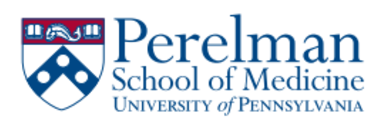Masking policies during Covid-19 have inspired plenty of political debate, but scientific evidence about the policies’ effects has been very limited. This isn’t surprising, given that it is not practical (and perhaps not ethical, especially during a pandemic) to assign various groups of people to different policies, as “gold standard” randomized controlled trials (RCTs) require. So to measure whether instituting a masking policy reduces case numbers, Jing Huang, PhD, and colleagues at the Children’s Hospital of Philadelphia (CHOP) Policy Lab set out instead to emulate an RCT. Their study, the largest to assess the impact of masking mandates in the US, included more than 400 diverse counties, focusing on larger counties experiencing moderate to substantial community transmission in the spring and summer of 2020.
The emulation required “matching” each studied county that did have a masking mandate with one that had similar population density, acceptance of mask wearing, and number of cases, but that did not have a masking mandate. They found that counties that introduced a mask mandate early in the pandemic experienced lower county-level COVID-19 case incidence in the six weeks following enactment. Some related questions remain unanswered. For example, is it possible that various levels of local enforcement could have modified the effects? Still, the results — the team found that after those six weeks, COVID-19 transmission declined by 35 percent overall — speak for themselves.
”In addition to contributing to our scientific understanding of the benefits of a particular health policy, we hope this study informs local leaders’ decisions regarding time-limited mask mandates should we unfortunately experience more periods of high COVID-19 community transmission and strained hospital capacity,” wrote Dr. Huang in a CHOP Policy Lab blog post.

